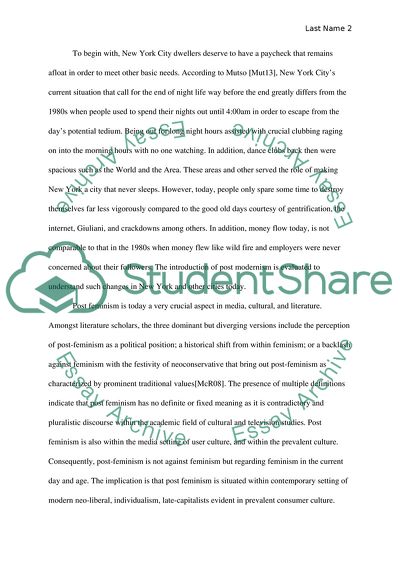Cite this document
(City That Never Sleeps Literature review Example | Topics and Well Written Essays - 2250 words, n.d.)
City That Never Sleeps Literature review Example | Topics and Well Written Essays - 2250 words. https://studentshare.org/tourism/1873755-city-that-never-sleeps-how-has-nyc-attracted-and-repelled-tourists-and-why
City That Never Sleeps Literature review Example | Topics and Well Written Essays - 2250 words. https://studentshare.org/tourism/1873755-city-that-never-sleeps-how-has-nyc-attracted-and-repelled-tourists-and-why
(City That Never Sleeps Literature Review Example | Topics and Well Written Essays - 2250 Words)
City That Never Sleeps Literature Review Example | Topics and Well Written Essays - 2250 Words. https://studentshare.org/tourism/1873755-city-that-never-sleeps-how-has-nyc-attracted-and-repelled-tourists-and-why.
City That Never Sleeps Literature Review Example | Topics and Well Written Essays - 2250 Words. https://studentshare.org/tourism/1873755-city-that-never-sleeps-how-has-nyc-attracted-and-repelled-tourists-and-why.
“City That Never Sleeps Literature Review Example | Topics and Well Written Essays - 2250 Words”. https://studentshare.org/tourism/1873755-city-that-never-sleeps-how-has-nyc-attracted-and-repelled-tourists-and-why.


